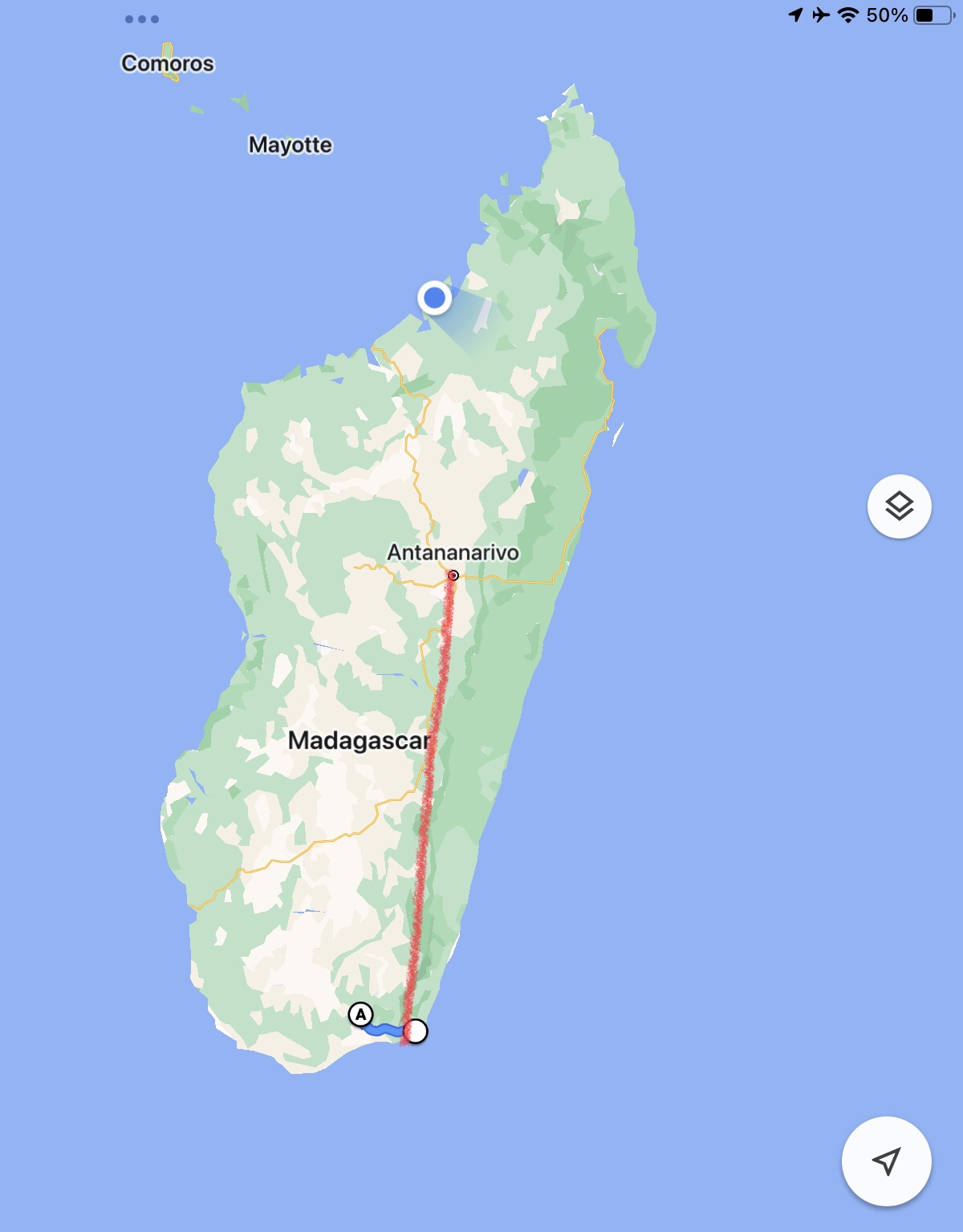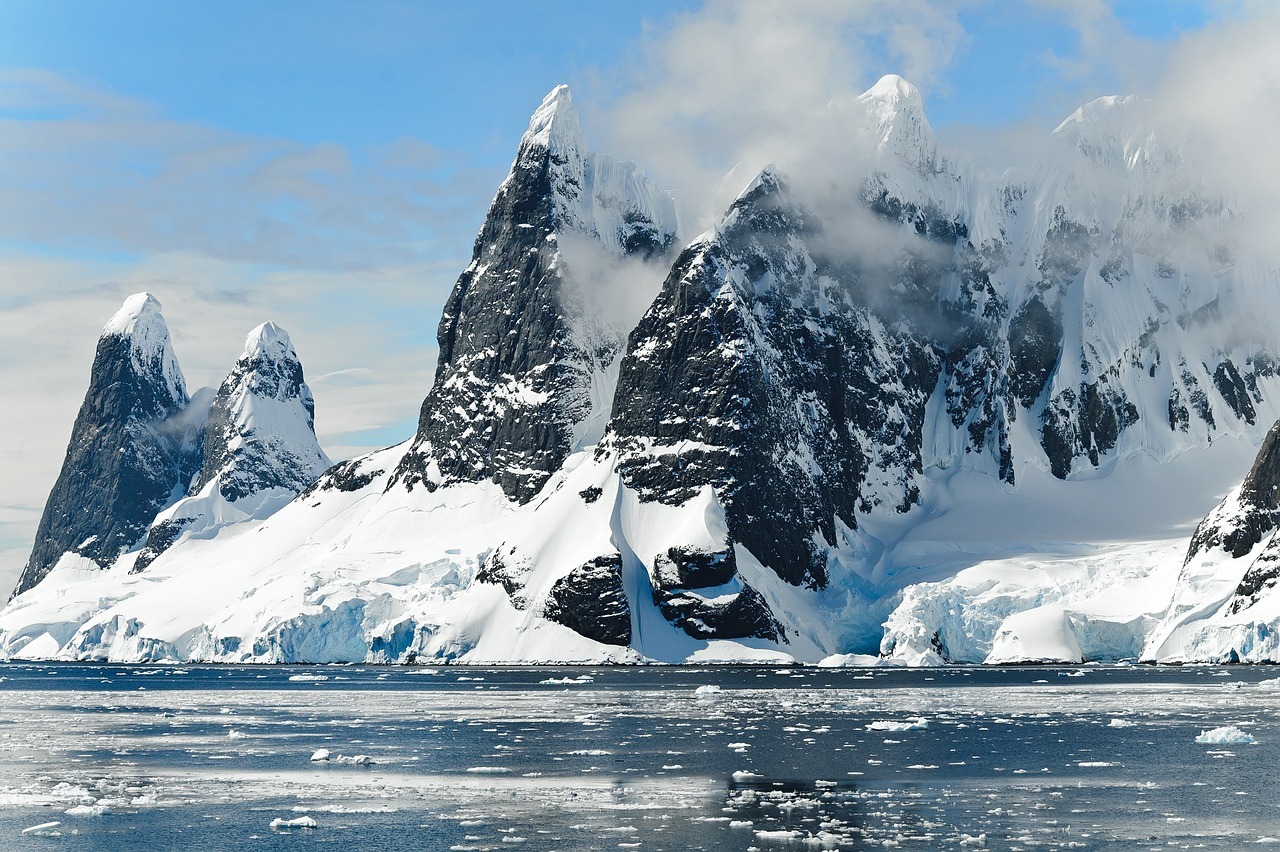This morning we were up early and had breakfast at the hotel. Unfortunately one of our southern Californian friends was up all night with gastrointestinal problems. They are on a private tour too. It was just a travel day for them so they were able to delay their departure by a couple of hours until she felt better. We left the hotel at 9 and the traffic to the airport was much heavier today than yesterday. There were a lot of people out. The streets were lined with lots of little stalls selling cooked of and sundries. We shared the road with people walking, many carrying things balanced on their head, small vans which were private bus routes, people pulling heavy carts, and trucks. The number of people along with the traffic was a bit overwhelming. Everything looked very third world. We didn’t see anyone begging but I think that is because everyone is poor.
We passed the American Embassy which was quite a large compound.
We arrived at the domestic airport and got checked in. I asked what gate we would be going out of and was told there was only one gate, in the domestic airport in the capital of the country! I guess that says it all.
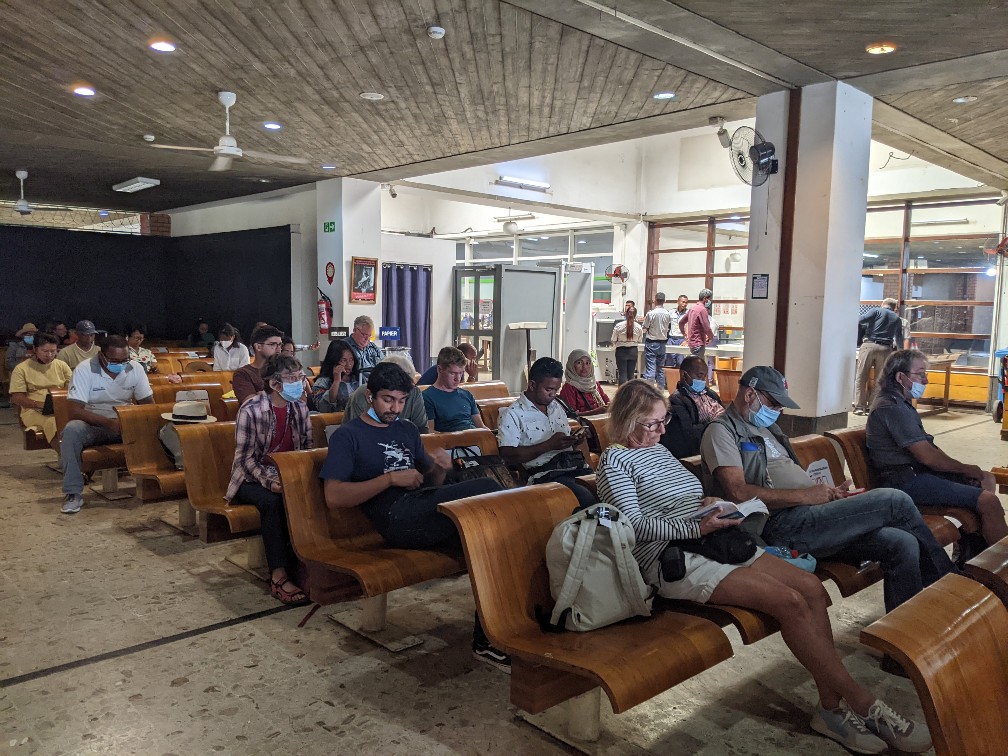
We had a 2 hour wait for our flight but eventually we boarded.
During our ride to the airport, Nicholas told us that they use charcoal as their cooking fuel. Because many of the farmers were having trouble making ends meet, they started making charcoal and selling it in the city. Cutting down trees causes the soil to erode, making farming more difficult. We saw evidence of this from the plane windows. There were few trees and the rivers were very muddy.
We arrived in Fort Dauphin (the French name) or Taolagnaro (the Malagasy name) at 2pm. Not surprisingly this airport is even smaller than the one in Tana. We were met at the airport by our guide Ernest along with our driver.
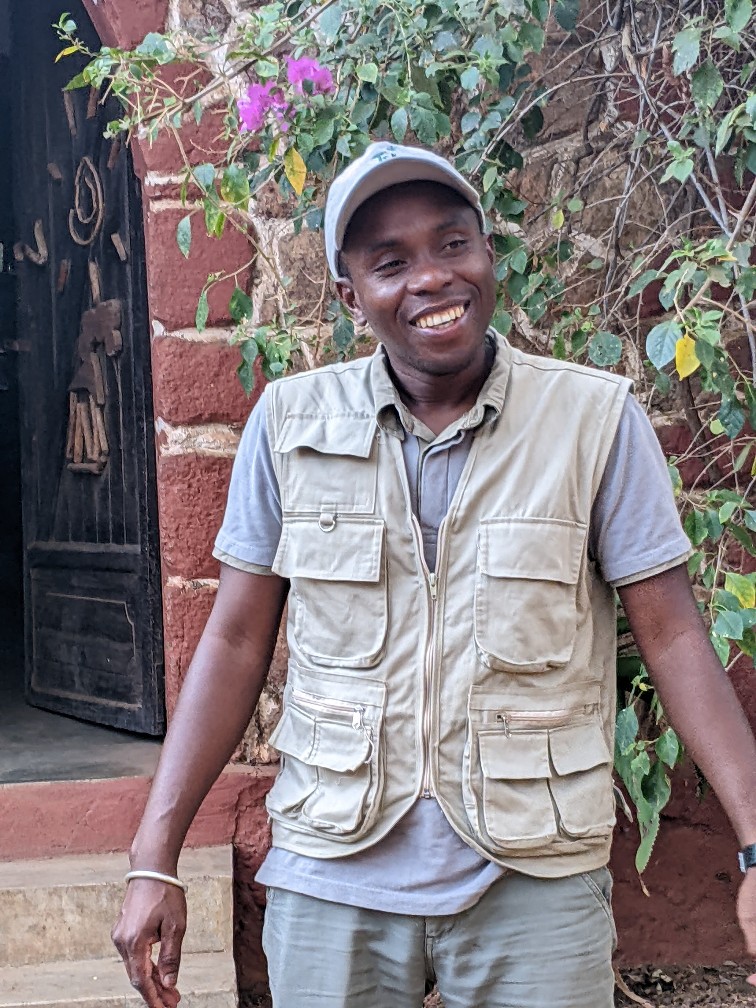
Unfortunately, Rick’s suitcase did not make the flight. It was a smaller plane (about 80 passengers) and it was full. So they left several suitcases behind because the plane would have been overweight with all the bags. Hopefully the bag will be on the flight tomorrow. Ernest helped us file a claim for the suitcase. I think that’s just how things are done here. Luckily we are good at rolling with things like this.
We didn’t leave the airport until 3pm. The trip to the camp is 128 km and will take 3½ hours because the road is terrible. The road was originally built in 1962 and hasn’t been maintained since. In the last election the President said he was going to rebuilt the road. His reelection is coming up so his government trying to keep its promise and some of the potholes closest to Taolagnaro have been filled. Int he pst years the ride took a minimum of 4 hours, so I guess he’s making progress. There are sections of the road where about only 20% of the original paving remained. The car sized potholes made for very slow going. Here are some pictures from the ride.
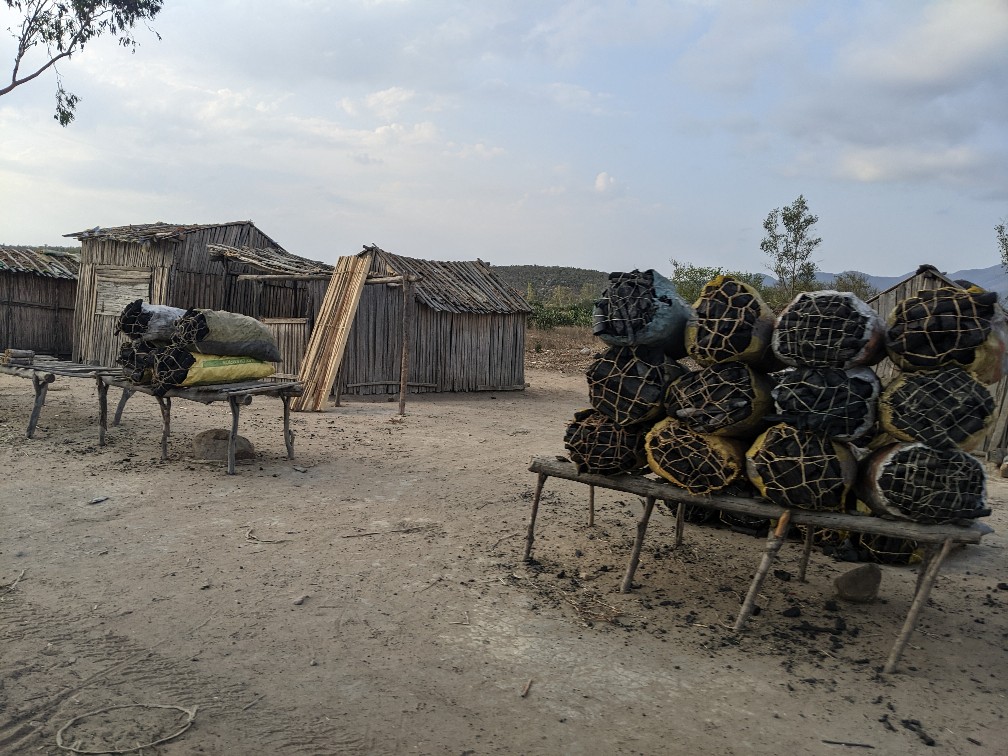
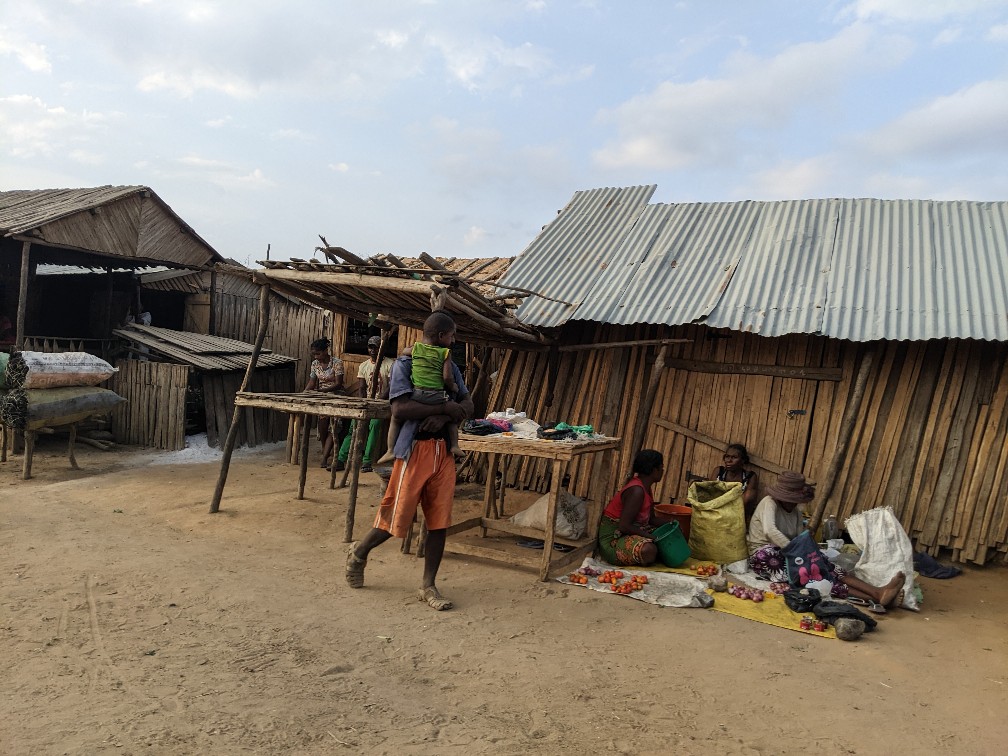
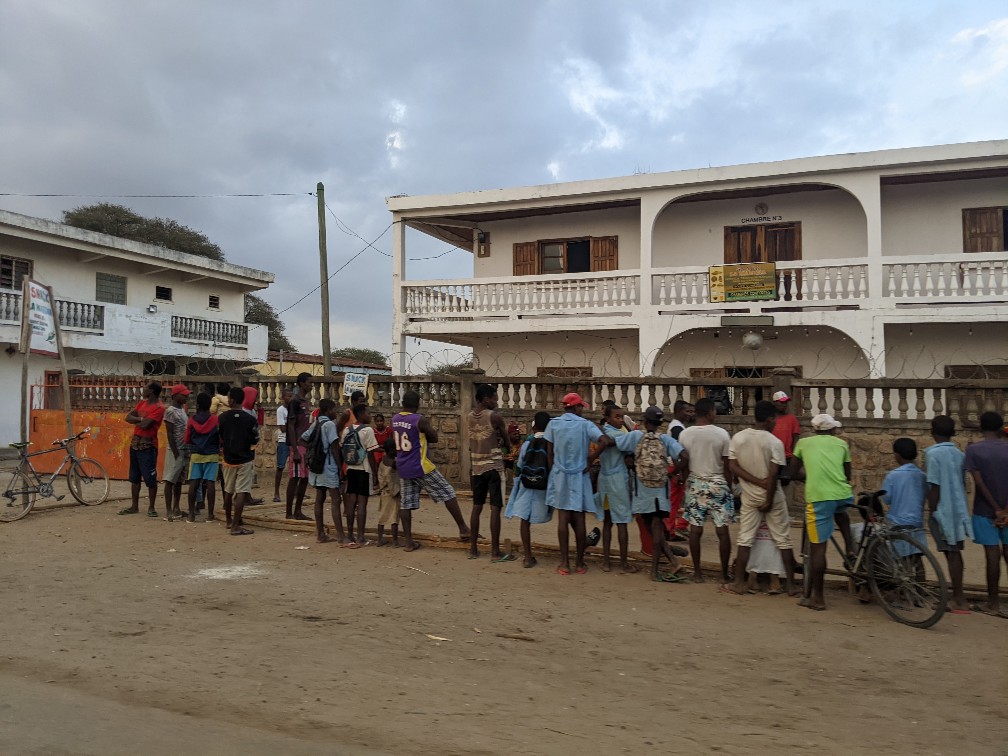
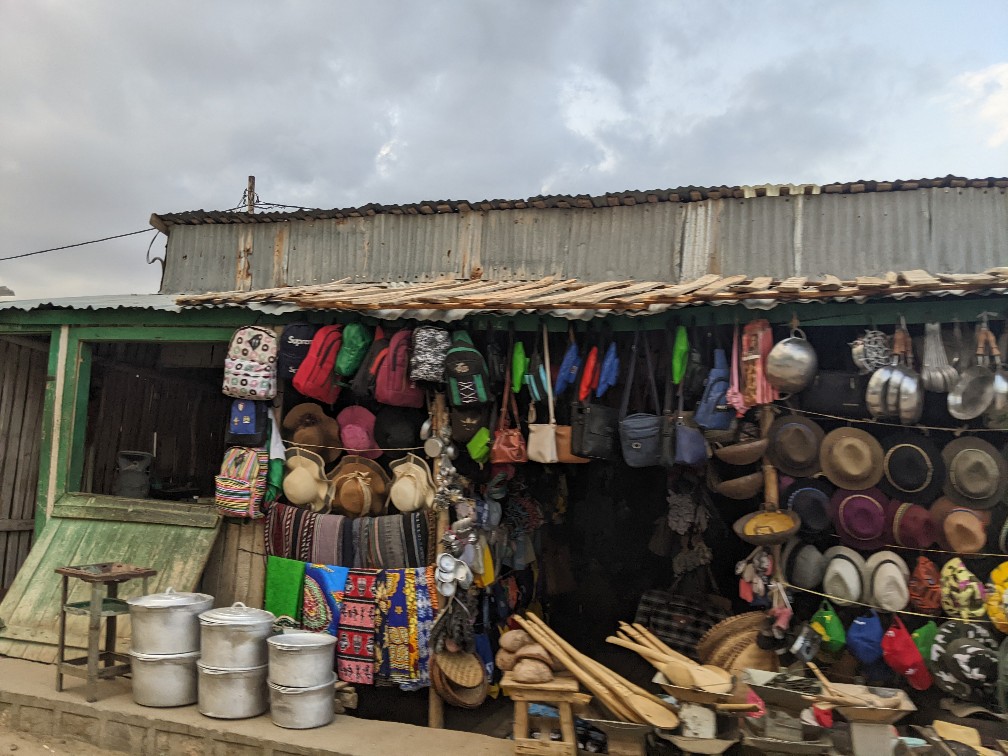
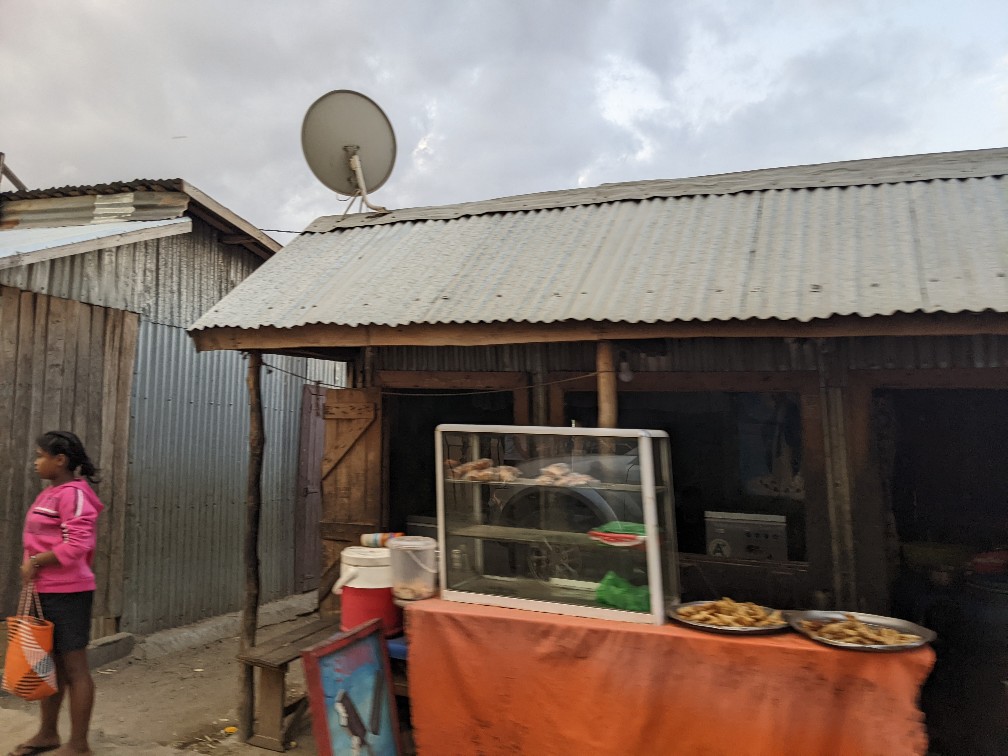
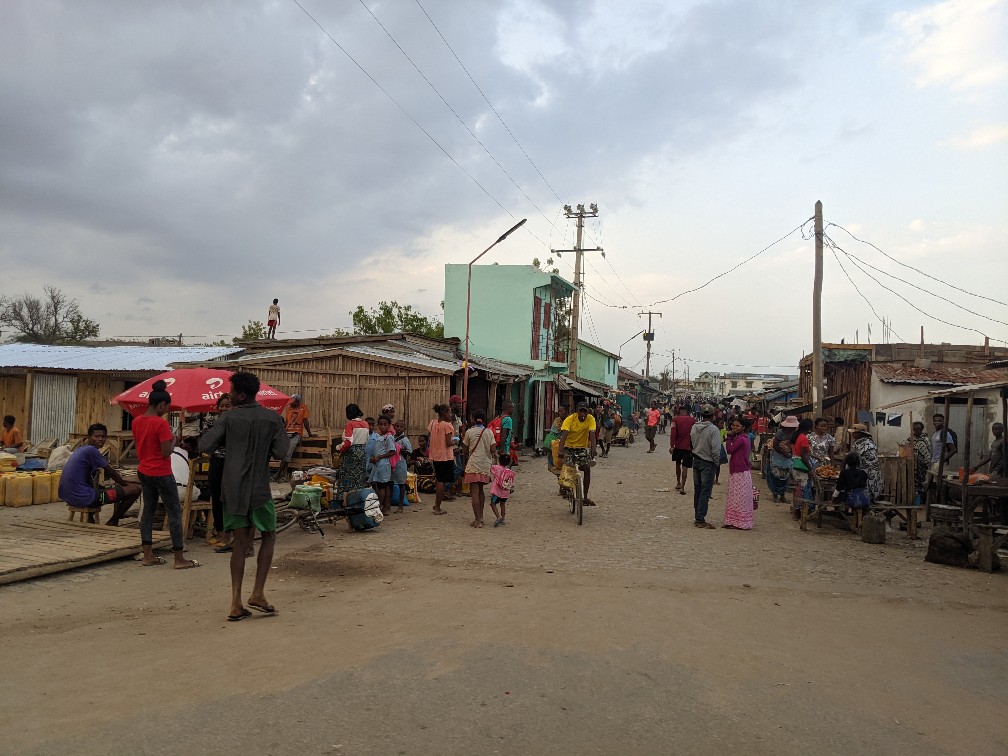
Ernest talked to us about Madagascar most of the way.
Here’s some of what he told us. There were no indigenous people in Madagascar. People started coming to Madagascar in waves about 2,000 years ago. They came from Indonesia, Africa, and the Middle East. Having said that, there have been artifacts found here that were dated to be 4,000 years old. They have analyzed the current language, music, and dancing to determine where the immigrants came from. The are 18 tribes in the Madagascar.
Most of the Malagasy population is Christian but at least here in the south it is combined with a heavy dose of animism. The tribe here in the south, called the Tandroy, measures wealth by the number of Zebu, cattle with a hump on the shoulder, a man owns. Zebu are essentially a man’s bank account.
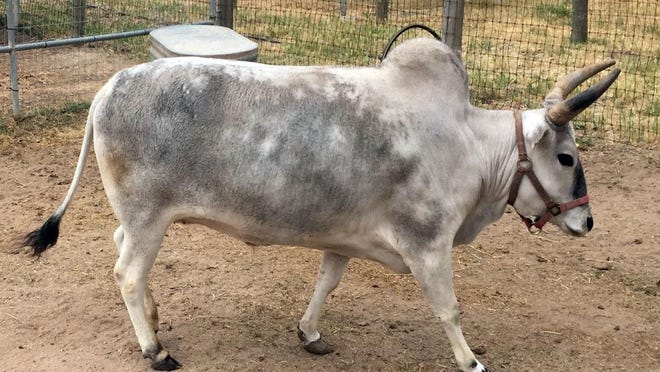
When times are good and he has a little extra money he buys a zebu. When times are bad and he needs money he sells a zebu. The price of zebu changes depending on the time of the year. Right after the harvest the price of zebu is high because no one is selling zebu. Their food stocks are high so they don’t need money to buy food. Right before harvest when he doesn’t have food to feed his family and he needs to sell a zebu to buy food, the price is low because everyone is trying to sell their zebu to buy food. They rarely slaughter any of their livestock for food. Their diet is mostly vegetarian.
There is prickly pear everywhere. It was introduced by the French and it used as fencing for livestock. It is also cut up, roasted over an open fire and fed to the zebu.
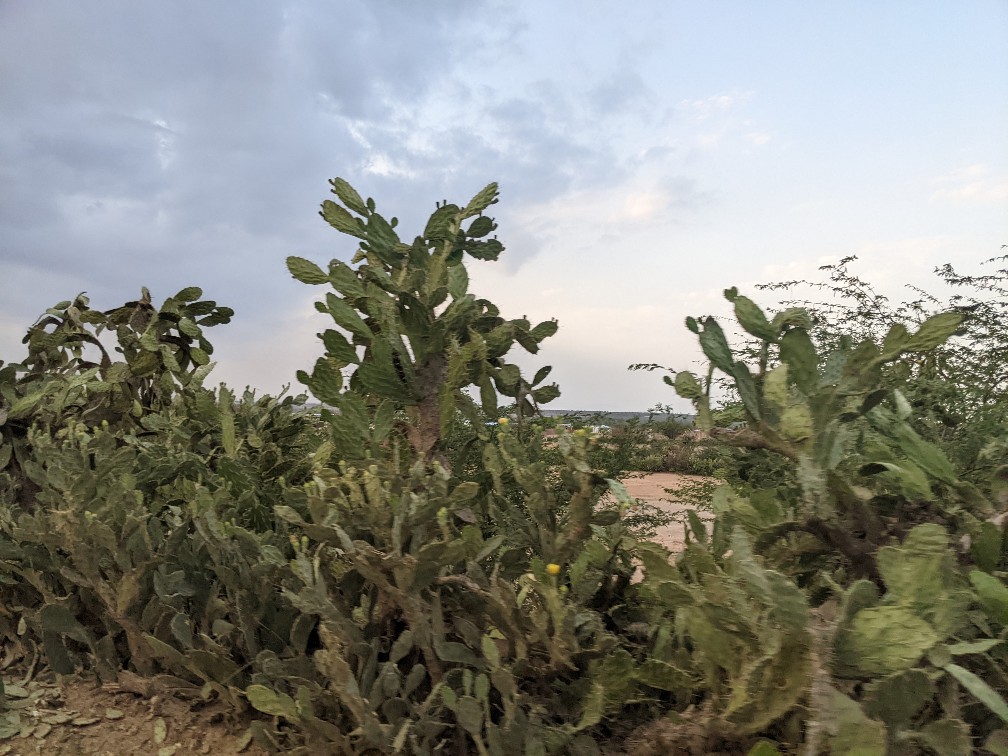
We passed through many small villages and then one that was noticeably bigger. The bigger town is the result of a very large agave plantation. The camp is just on the edge of the Mandrare river and the agave plantation. The agave leaves contain fiber called sisal which is used to make carpet, baskets, and rope. The agave plant lives for about 9 years and starts producing the sisal when it is about 4 years old. The workers cut the outside leaves off the plant. The leaves are pressed and the resulting sisal is dried in the sun. It is then shipped off to plants to make the end products. The workers typically have to cut 2,000-3,000 leaves per day and can get their family to help with the cutting. They do the work very early to avoid the heat of the day. We saw piles of leaves waiting to be picked up. It is very hard work because the leaves are prickly and the workers don’t have gloves. In the past tourists coud visit the processing plant to see the pressing process but the tourists complained about the working conditions, so rather than improve the working conditions, they stopped letting the tourists in. Ugh! Worldwide demand for sisal is increasing because it’s renewable.

Some people have cell phones (few people have smart phones) and they are used to check on family. This can be a huge time savings because no one has cars and there is no bus system, so they must take the time to walk to see family and then walk back home. A Chinese company has been giving out phones and solar panels to charge the phones.
On the way to Mandrare River Camp we also learned some other interesting things about the Tandroy culture. In the Tandory family a young son is responsible for the zebu herd. Each year the son manages the herd he receives a zebu from his father as his salary. This way when he reaches marrying age, 16 to 18, he already has a herd to support his new family. Men who can afford it (many zebus required) practice polygamy. I
Marriages are often arranged and the groom must give the bride’s father a zebu as a dowry. If he takes another wife he must give his first wife’s family another zebu as well as giving one to the second wife’s family. Each time he takes another wife the process continues. Women can own land but not zebu. The kids take care of the older generation and widows and widowers.
The men carry a weapon to show they’re REAL men. It’s not that they need to protect themselves, it’s just a tradition. We often saw men walking down the road with an axe, or a dagger, or a stick. Almost anything solid fulfils the requirement.
Often the children don’t go to school because the parents don’feel an education will really benefit them. Many feel living a “traditional” life is the way to go. The typical village school is just a primary school. To go further the child would have to go to larger town to go to secondary school and then to a city for university. Many secondary schhols are miles away from the village, making a daily commute somewhat unreasonable, raising the sprecter that the parents would need to pay for room and board to make this prospect work. The additiona, unafordable, expense and the slim chance that everything will work out well for the child, landing a good paying job, make this option relatively unattractive for most.
The parents utimately feel it is better for the boys to grow their zebu herd so they have a good start when they get married. While the boys are tending the herd, the girls are at home learning how to keep house. It all works and education doesn’t play much of a role in the peoples’ lives. Having said that we have seen kids playing in the school yard, so some parents do see the value of a basic education. It is very clear that parents try to give sons a good start before they marry by giving them zebu as payment for herding their zebu, but once they are married they need to prove themselves and create their own successes, albeit without an education.
We finally arrived at the camp around 6:00 pm. We were greeted with a welcome drink and wet towels to freshen up. The camp manager (who is from Manchester by the Sea in Massachusetts) met us and showed us to our tent. The tent overlooks the Mandrare River which was dry until rain from the previous night started to collect and fill the river. Here are some pictures of our tent and the camp.
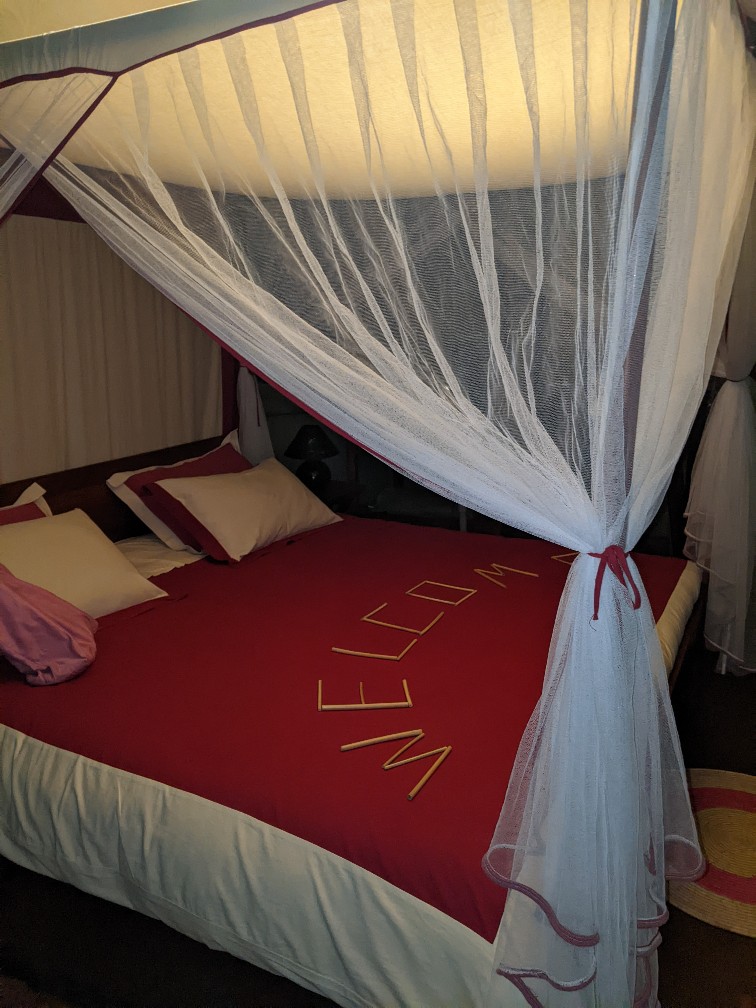
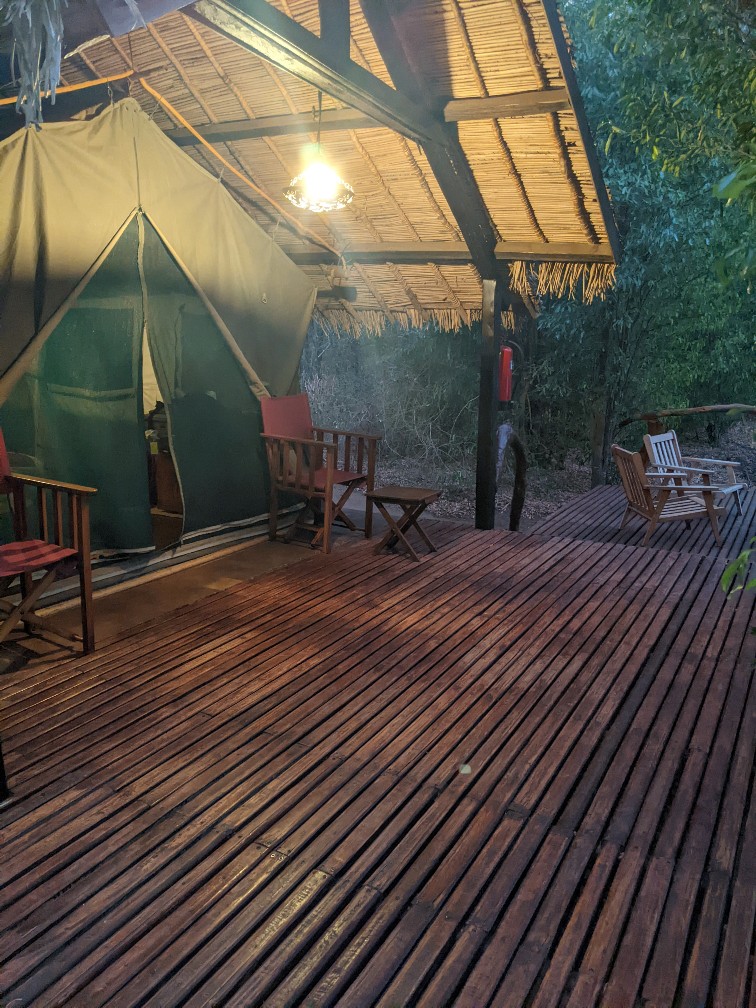

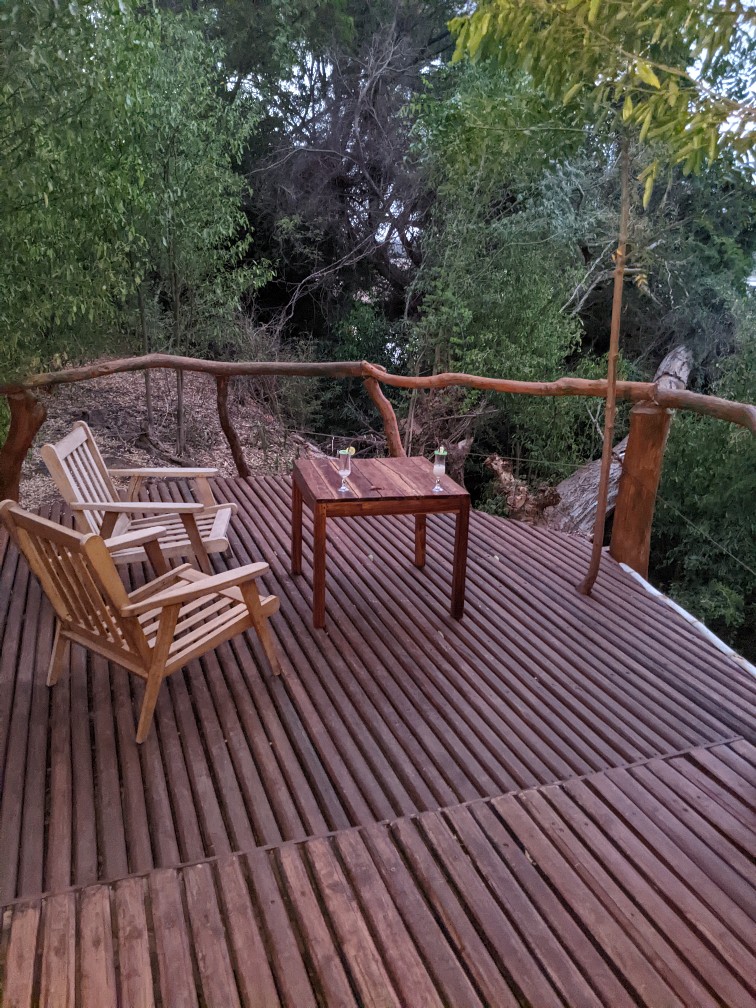
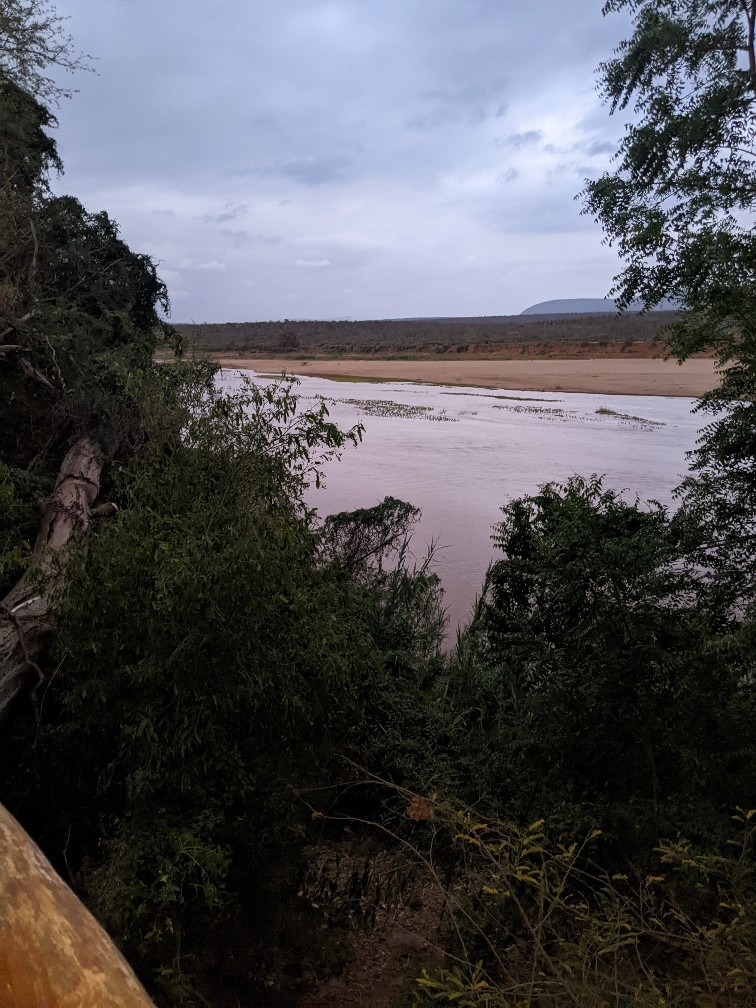
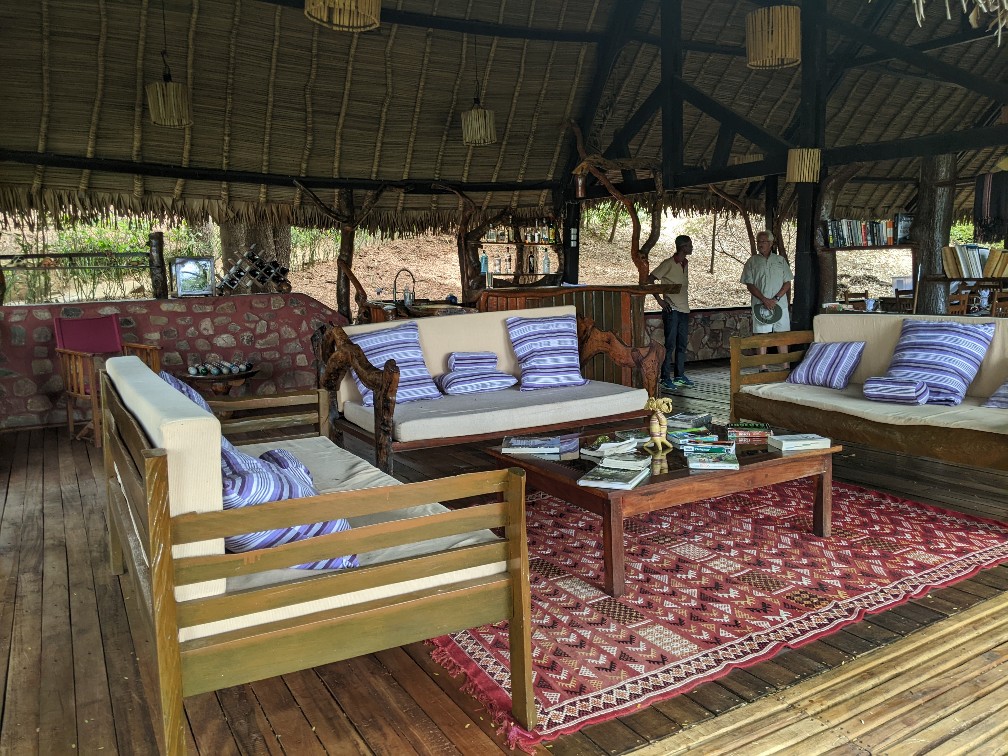
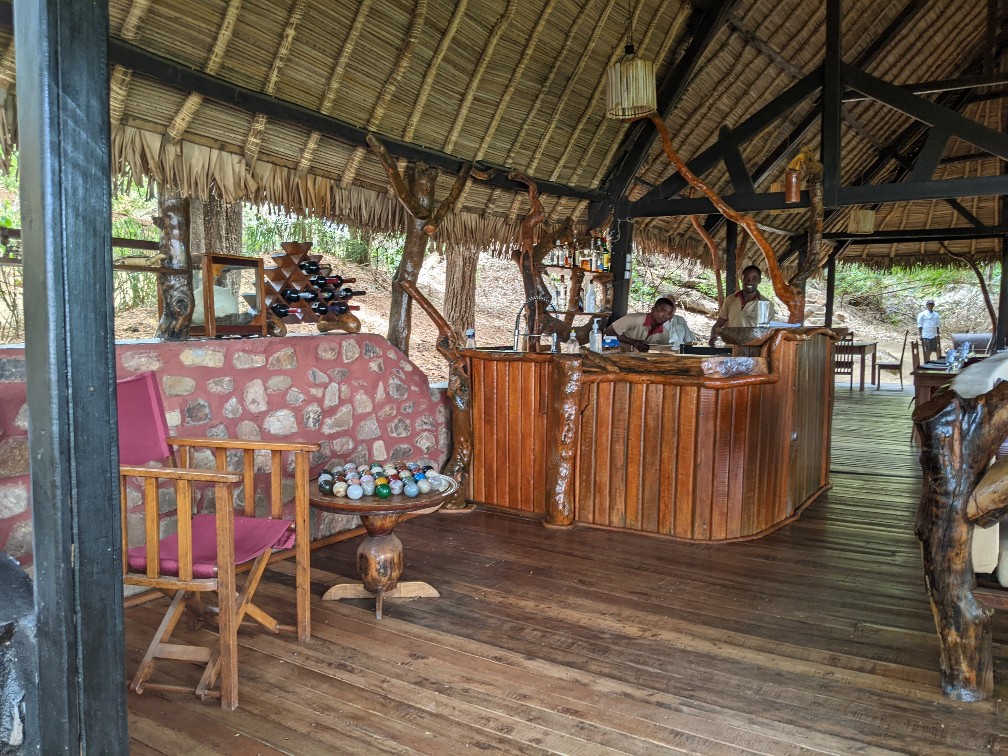
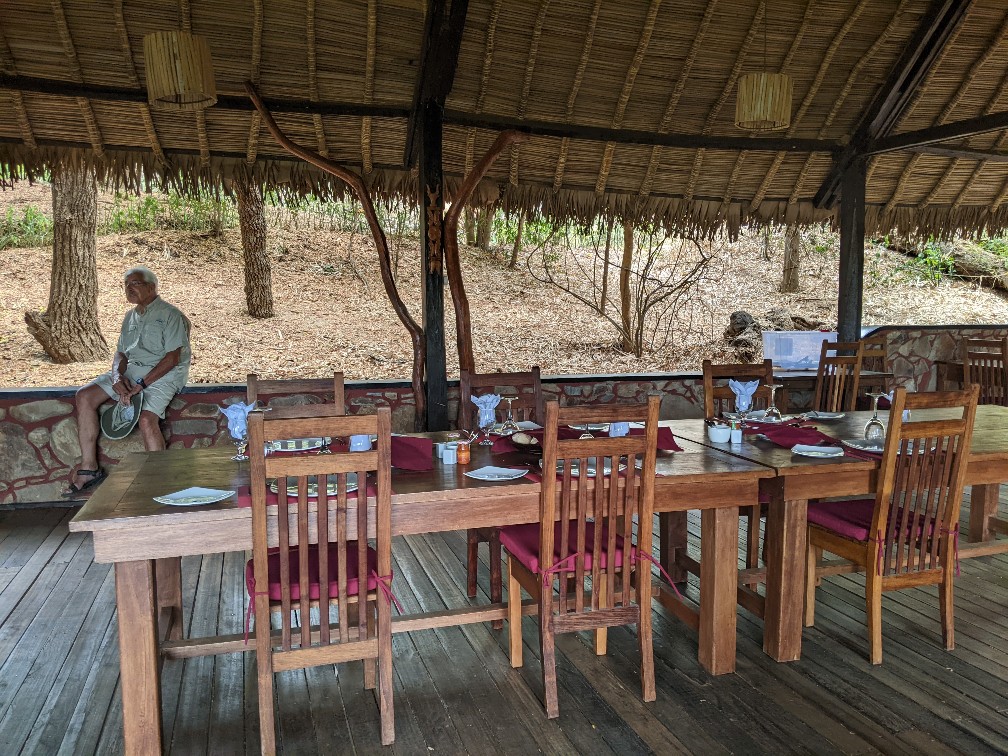
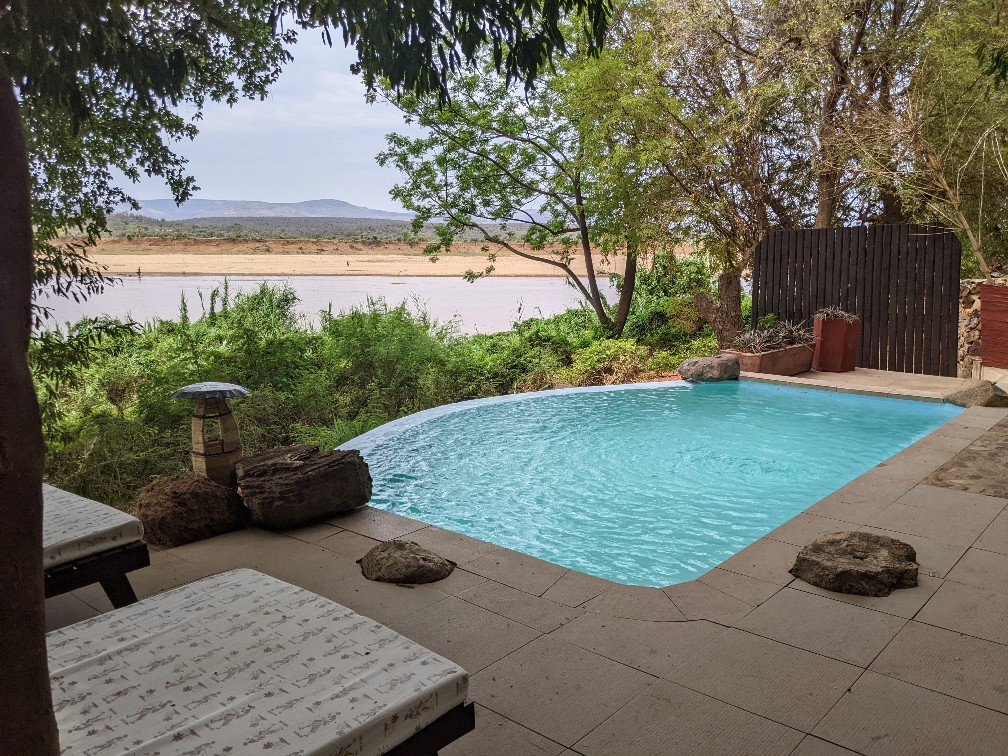
At 7:00 we went to the dining tent for a drink and met the other people in the camp. The camp is very small, only 7 tents. There were just two other couples staying here at the moment who were traveling together. They are from San Francisco and seem very nice. Over drinks the camp manager, Riker, was telling us about himself. He was in the peace corps in Madagascar. He also has worked in Mexico on agave farms. He is working at this camp because he wants to take the waste agave from the sisal manufacturing process and convert is into foodstuffs for the zebu. He also wants to take the remains of the agave plant and make tequila. He can’t call it tequila because it’s not made in Mexico so it will be an “agave spirit.” He has permission to build a still in the camp. He plans to stay in Madagascar to build a business to generate revenue to support the local population.
That evening we had zebu for dinner and it was pretty good. After dinner we returned to our tent and fell asleep quickly to the sounds of the forest.
